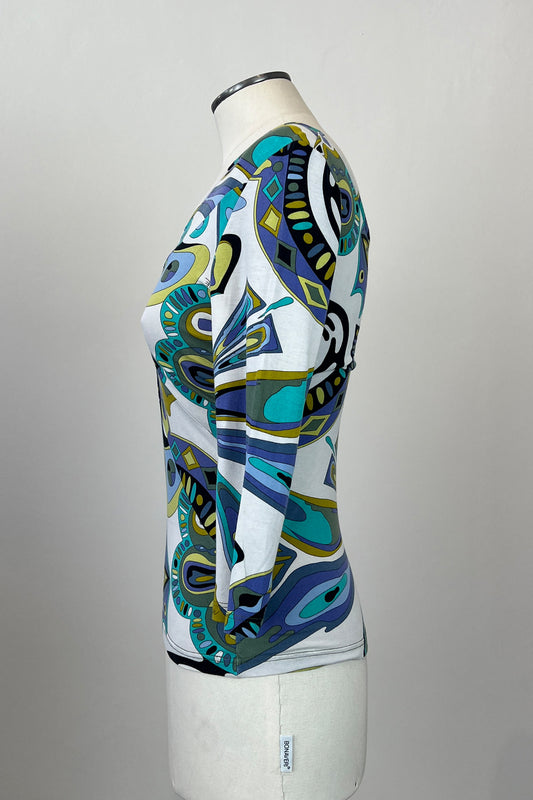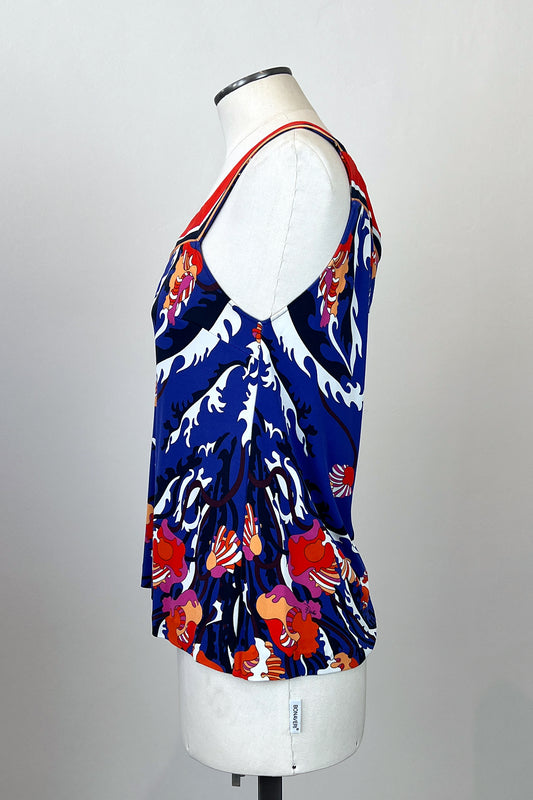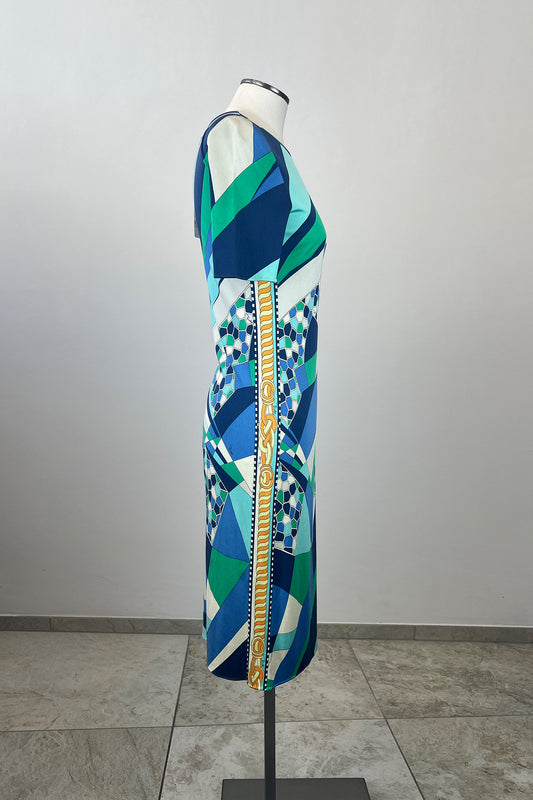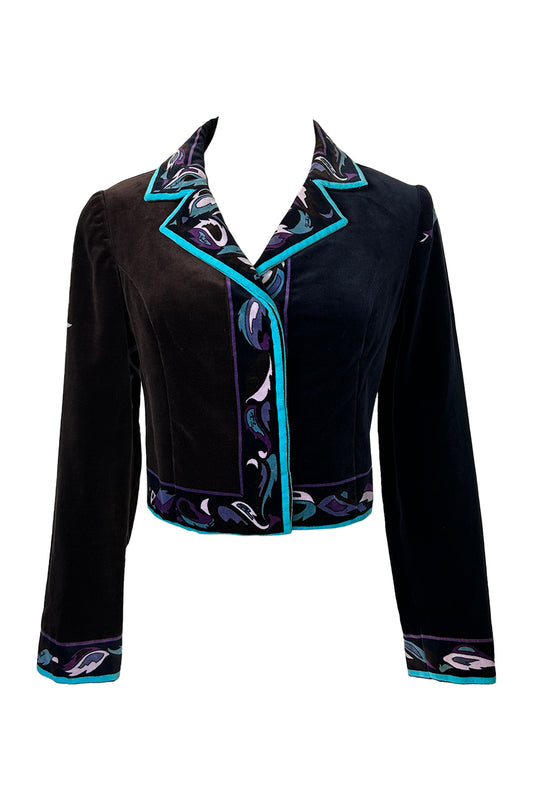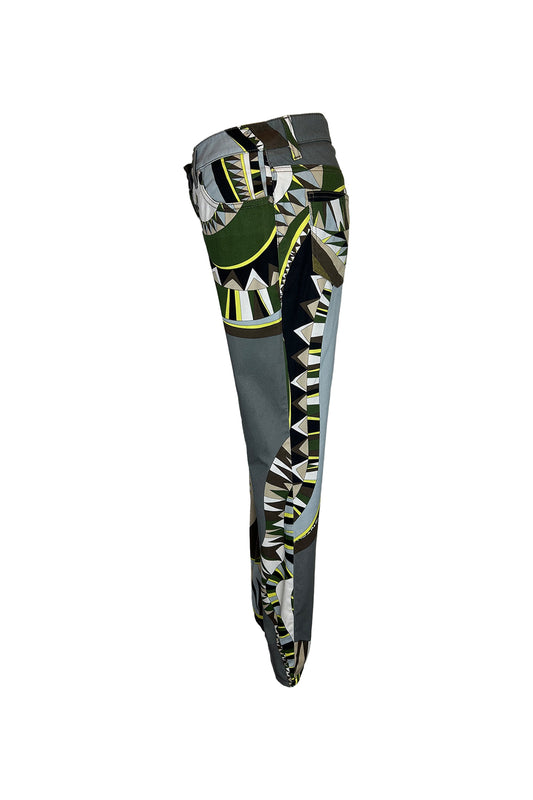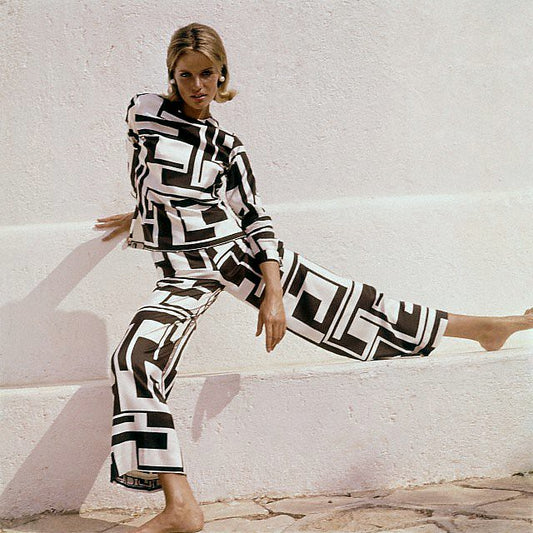Collection: EMILIO PUCCI
‘Simplicity is the ultimate form of sophistication.’ - Emilio Pucci
Known for his casual couture and psychedelic prints, Emilio Pucci (1914-1992) revolutionised the fashion world by breaking the 1950s trends of dull colours and the use of heavy fabrics. Born into a wealthy aristocratic family and raised in luxury, Pucci embodied sophistication like no other, not just in fashion but as a lifestyle. The biggest misconception about Emilio Pucci is that his prints are abstract. In fact, they are drawings inspired by objects and Pucci's environment of Florence and the palazzo where he lived.
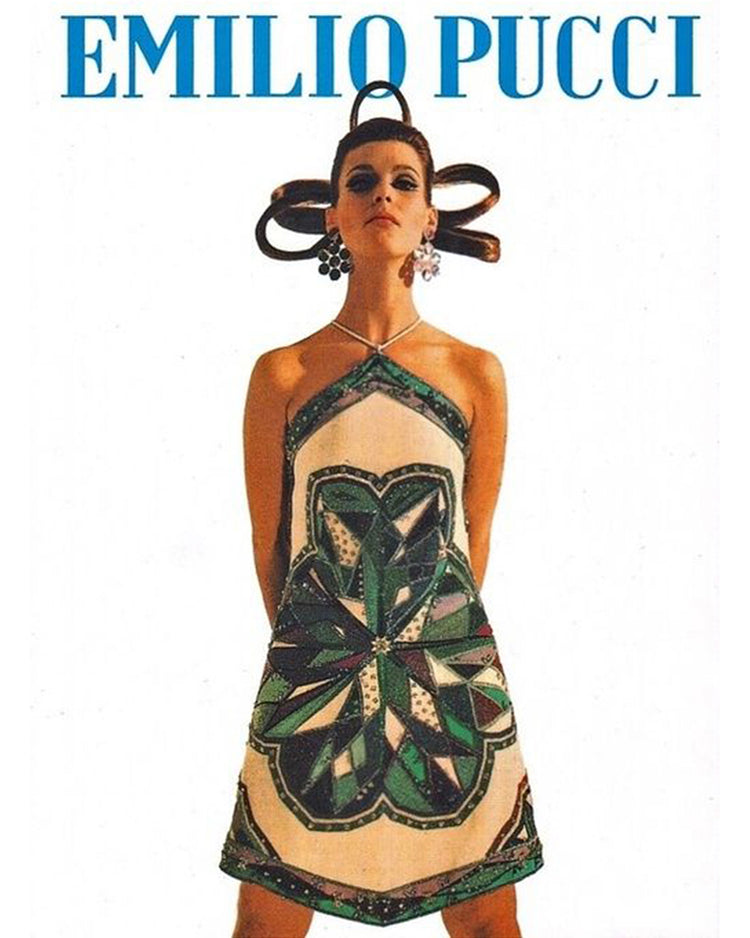
-
1990S ABSTRACT EMILIO PUCCI SHIRT
Regular price €80,00 EURRegular priceUnit price / per -
2010S EMILIO PUCCI ABSTRACT TANK TOP
Regular price €80,00 EURRegular priceUnit price / per -
2000S ABSTRACT EMILIO PUCCI DRESS
Regular price €220,00 EURRegular priceUnit price / per -
EMILIO PUCCI 1960S VELVET ROSE JACKET
Regular price €420,00 EURRegular priceUnit price / per -
EMILIO PUCCI 1990S SLIM ABSTRACT PRINT TROUSERS
Regular price €210,00 EURRegular priceUnit price / per -
EMILIO PUCCI 1990S TORRE MOTIF DRESS
Regular price €180,00 EURRegular priceUnit price / per
Marchese Emilio Pucci di Barsento travelled every year from St. Moritz to Capri and back, the two places where the wealthy would spend their time throughout the year. After being a member of the Italian Olympic skiing team in 1934, he received a skiing scholarship from the University of Reed (Oregon, United States). It was there that he began designing sportswear for his ski team. While skiing in Zermatt, Harper's Bazaar reporter and photographer Toni Frissel noticed Pucci and his outfit. After seeing the photos, Frissell’s editor asked Pucci to design skiwear for a story on European winter fashion for the 1948 issue. Pucci is credited with being the first person to design a one-piece ski suit.
In 1949 Pucci opened his first shop in the resort of Canzone del Mare on the island of Capri, and his first couture line was presented in Paris in 1950. He designed a range of casual wear in lightweight fabrics, from Capri pants to silk dresses, jumpsuits, pyjamas, scarves and more. His prints of bright bold clashing colours made him stand out. His silk dresses were very popular in the 1950s and 60s as they were light, wrinkle free and perfect for travelling. Marylin Monroe, Lauren Bacall and Jaqueline Kennedy all wore Pucci’s designs.
After his death in 1992, his daughter Laudomia Pucci took over the company. The LVMH group acquired 67% ownership of the brand in 2000, and brought in creative director and designer Christian LaCroix in 2002. He revitalised the brand, using vintage prints combined in new styles. Matthew Williamson followed in 2005, and Peter Dundas from 2009. Designers who have worked for Emilio Pucci include Stephan Janson and Julio Espada.
The original Pucci prints from his early career are highly collectible, and are archived by museums such as the MET and the Victoria and Albert museum.


